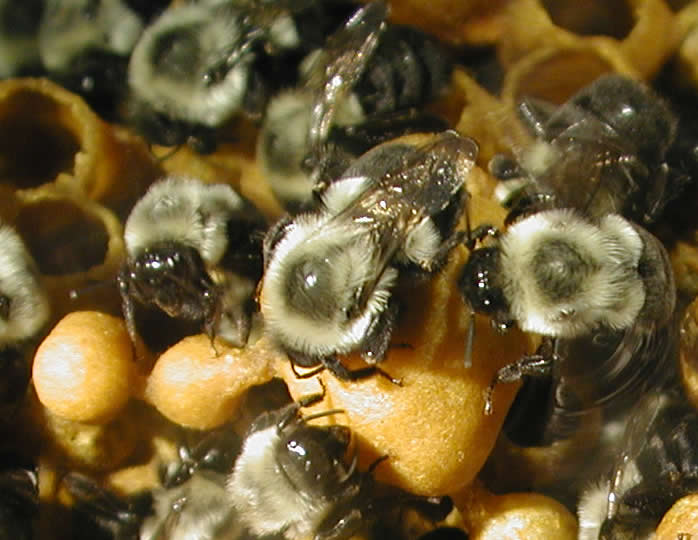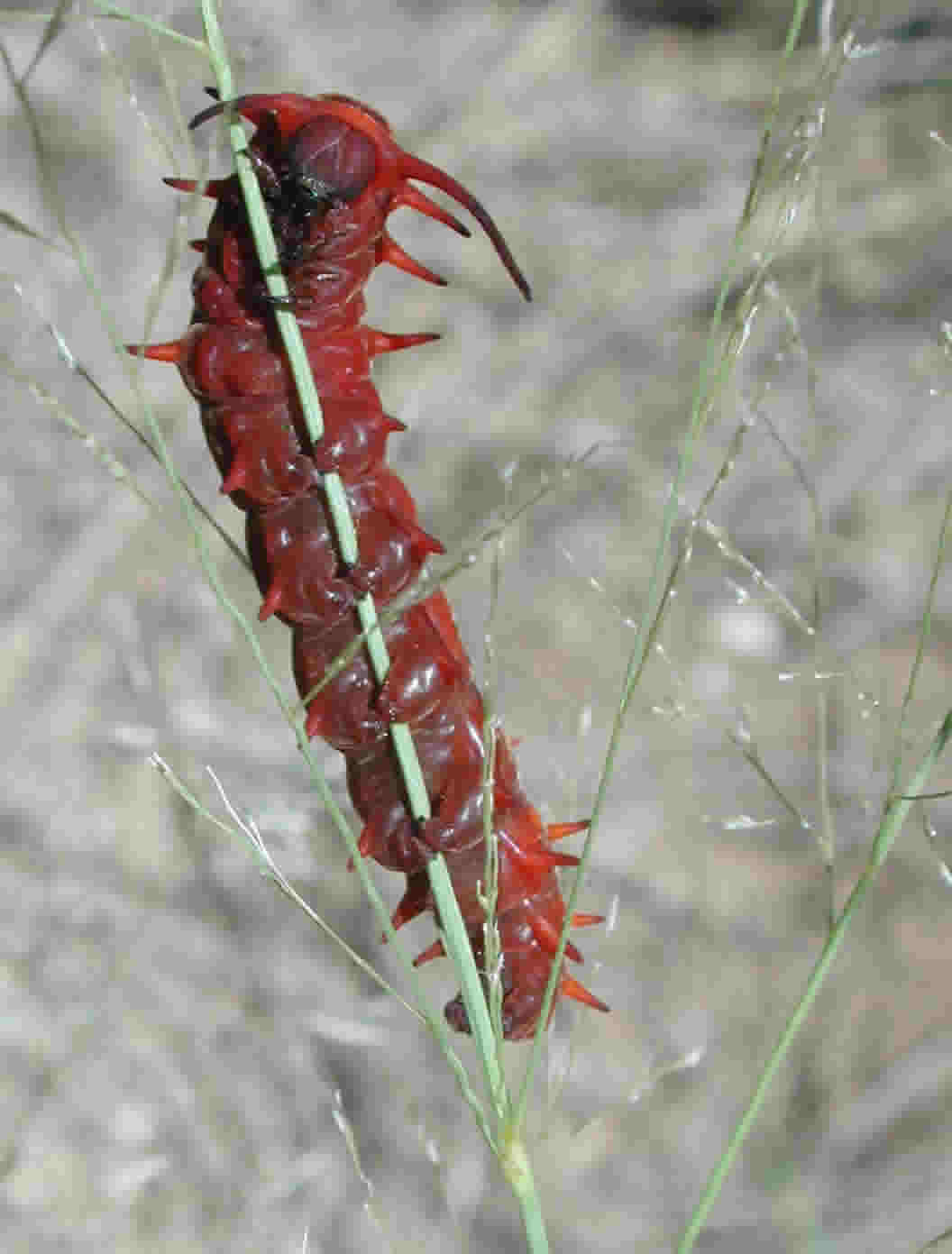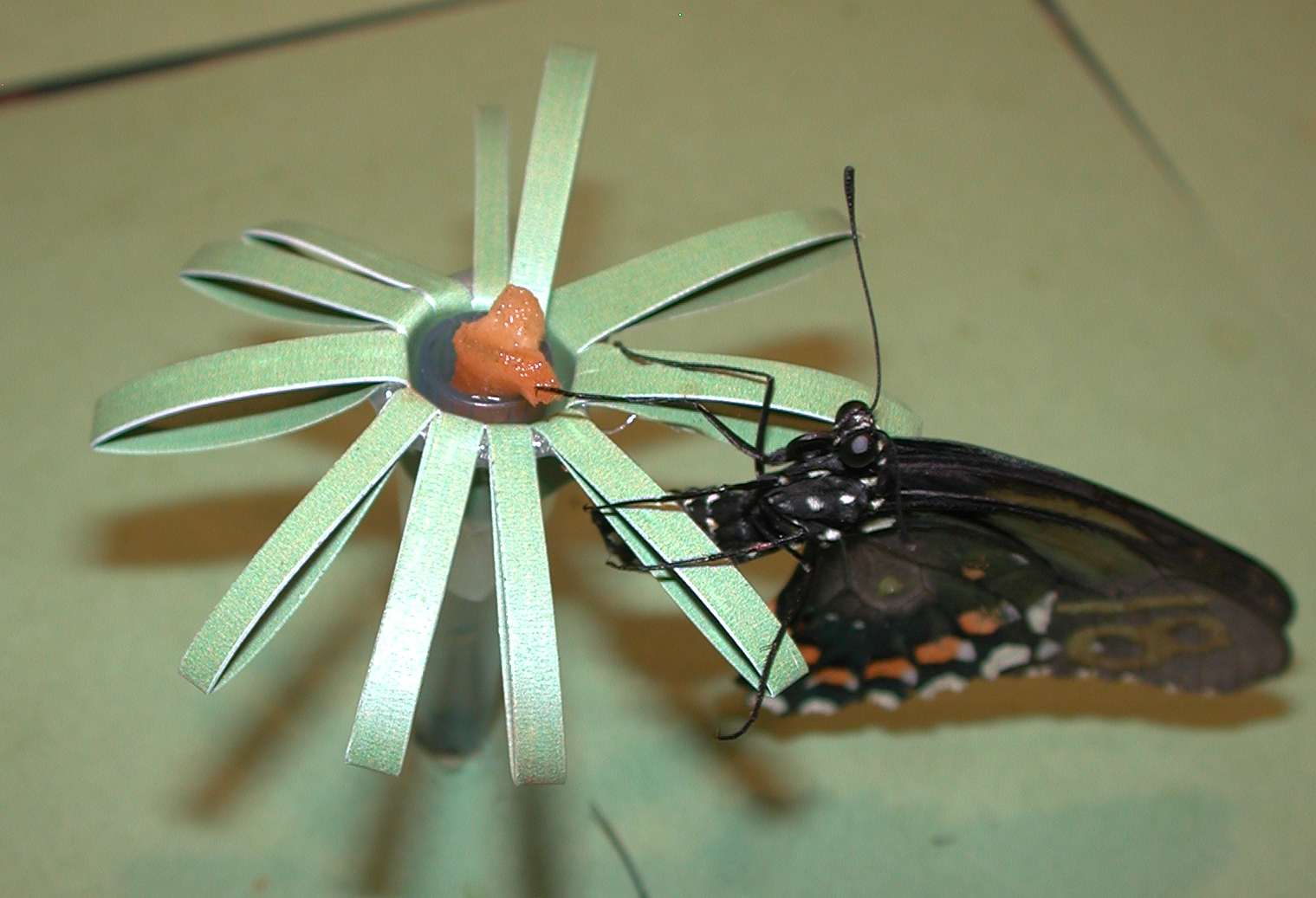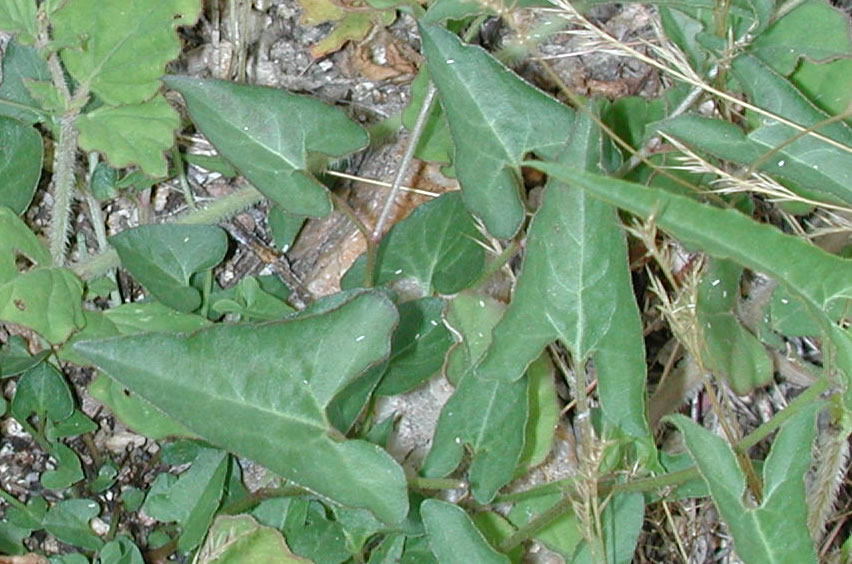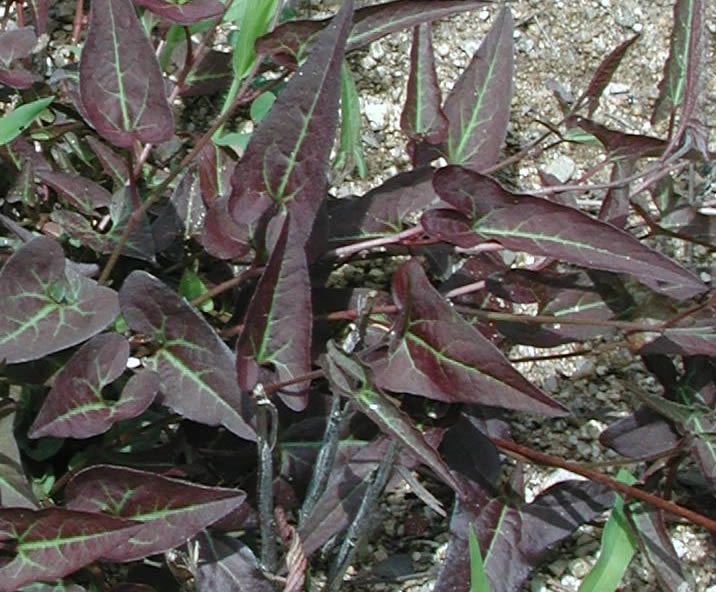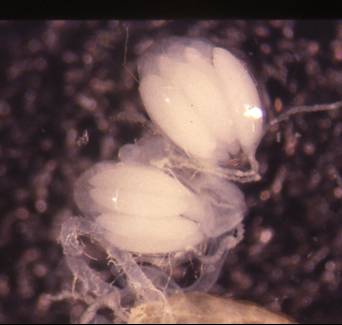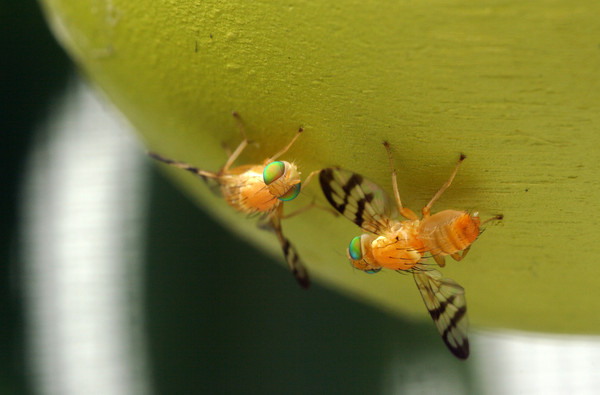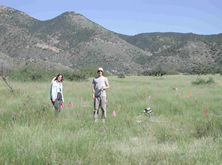
University of Arizona
| home |
| people |
| projects |
| publications |
| courses |
| lab news |
| gallery |
![]()
Below is a sample of recently-completed and ongoing projects in the lab. Members of the lab involved in the projects are indicated. Publications for completed work can be found on the publications page. |
|||
| Nectar guides but pollen buzzes | |||
| Much work on foraging in bees and other pollinators supposes that floral traits and pollinator responses to those traits benefits both pollinator and plant. However, mutualisms can be thought of as uneasy alliances in which one partner can sometimes benefit at the expense of the other. We are taking such a perspective in thinking about floral traits such as nectar guides, concealed versus exposed nectar, and anthers modified for buzz pollination. Nectar guides turn out to have a multiplicity of functions, many of which probably benefit both plant and pollinator. However, nectar guides may also make a bee more constant to its floral resource than is ideal for the bee. -- Annie Leonard and Dan Papaj (with Steve Buchmann) |
|
||
| Multimodal floral signaling and bumble bee decision-making | |||
In animal communication, multimodal signaling (i.e., signaling in multiple sensory modalities) is commonplace and recently the focus of much research. Floral signals to pollinators are also multimodal. Ipek Kulahci's thesis explored the function of multimodal floral signaling. Ipek and colleagues showed that bees asked to discriminate rewarding from unrewarding floral types make more accurate choices when flowers differ in multiple modalities (visual plus olfactory) than when flowers differ in just one modality (either visual or olfactory). The improvement in accuracy of choice increases in turn the rate at which rewarding flowers are visited. -- Rainee Kaczorowski, Annie Leonard, and Dan Papaj (with Anna Dornhaus) |
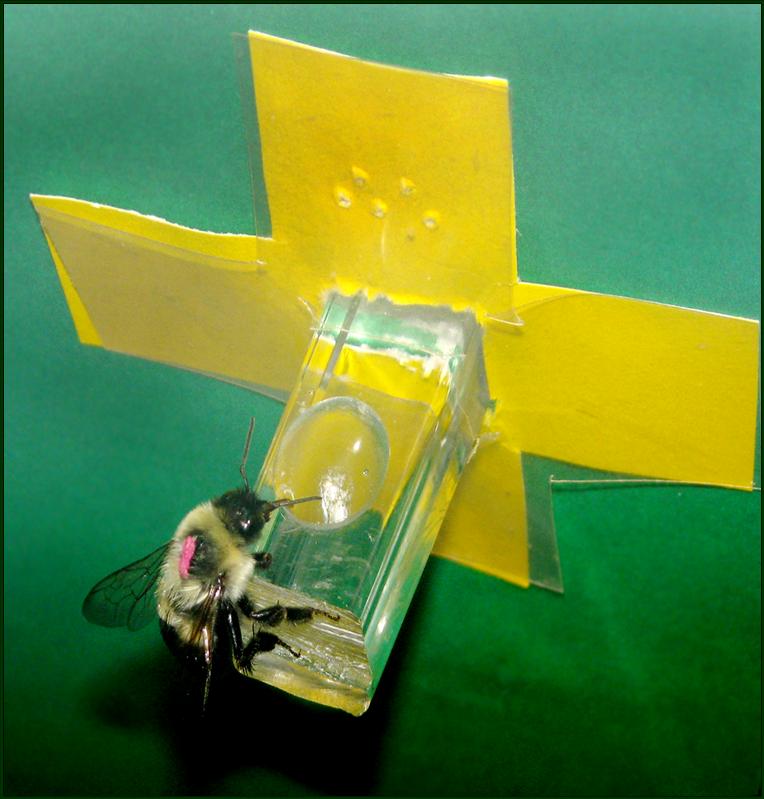 |
||
| Use of social information in foraging decisions | |||
Recently, considerable evidence for social influences on learning in insects has been reported, even in species that are considered solitary in lifestyle. One project in the lab showed that bumble bees copy floral choices made by members of other colonies, results consistent with observational learning. Field work additionally revealed that bees are attracted to plants bearing visual models of bees, a process known as local enhancement. Ongoing work will examine the dynamics of social information use in relation to competition. -- Dan Papaj and Aimee Dunlap |
|
||
| Learning and the thermal ecology of a butterfly-host plant interaction | |||
We know much about thermoregulation in insects and much about thermoregulation in plants, but relatively little about thermal interactions of a plant-insect association. Do plants have broader thermal tolerances than herbivores, as theory predicts, and, if so, might these broader tolerances defend plants from herbivory in extreme conditions? Do herbivores in turn have strategies for coping with host-associated thermal stress? Such questions motivate recent work on the Battus philenor - Aristolochia watsonii association in southern Arizona. A. watsonii's highly recumbent growth form exposes Battus eggs, caterpillars, and ovipositing females to ground temperatures as high as 75C. Caterpillars develop red coloration in such heat and migrate up non-host vegetation to escape ground temperatures. We have shown that female butterflies express strong thermal preferences in terms of where eggs are laid and in lab assays preferentially learn features of host models (see photo right), such as leaf color, associated with cooler microhabitats. -- Dan Papaj and Jeremy Davis |
|
||
| Costs of learning in host use by the cabbage butterfly | |||
Learning enables animals to cope with unpredictability in their environment. Much of our own earlier work has shown that herbivorous and parasitic insects learn features of current hosts and host habitats in ways that promote their fitness. The costs of learning have been less well studied than its benefits. Emilie Snell-Rood's recently-completed thesis focused on costs of learning in host use by the cabbage butterfly, Pieris rapae. Using a family-level approach, Emilie, in collaboration with Wulfila Gronenberg (UA-ARLDN), showed that adult female genotypes that are better able to learn host properties such as leaf color have larger brains at emergence and brains that increase further in volume as experience is gained. In collaboration with Goggy Davidowitz, Emilie additionally showed that investment in learning trades off against investment in early reproduction, with genotypes that learn better developing ovaries more slowly. -- Emilie Snell-Rood and Dan Papaj |
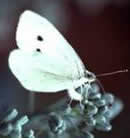 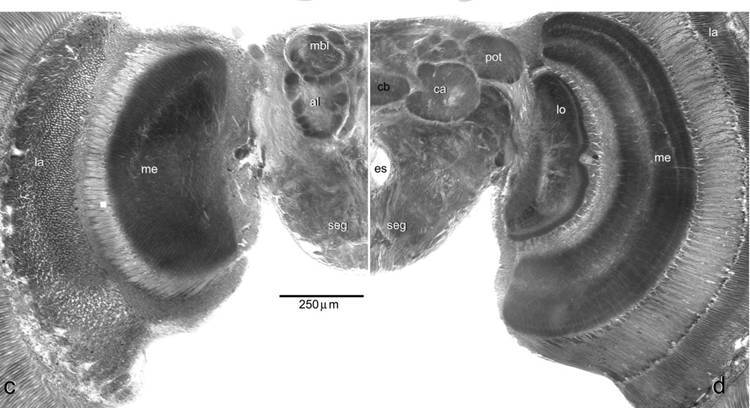 |
||
| Learning and the visual ecology of warning displays | |||
The conspicuousness of warning coloration has been shown to help a predator learn to avoid noxious prey. Warning coloration makes an animal conspicuous in two respects. First, hues of warning coloration such as red or yellow tend to differ from surrounding hues. Second, warning coloration is often distinctly brighter, or more luminant, than its surround. Which property of coloration, hue or luminance, accounts for more efficacious learning of warning patterns? Using a model predator, the Chinese mantid, Katy Prudic and colleagues tested the hypothesis that high luminance contrast facilitates learning of a noxious prey. Results showed that prey of high luminance contrast were learned faster and memory of the aversion retained longer than prey of low luminance contrast. -- Katy Prudic, Ana Skemp, and Dan Papaj |
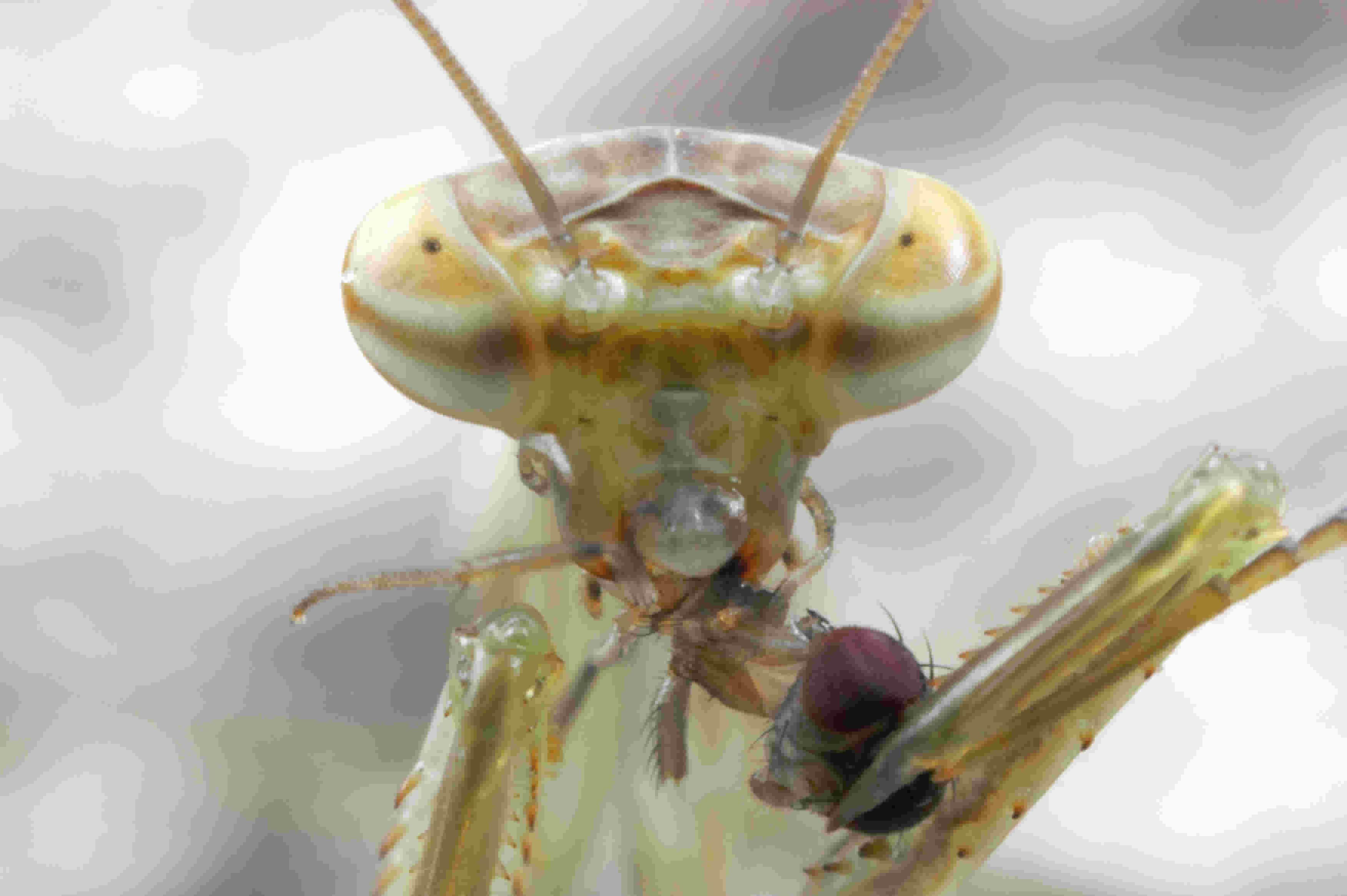 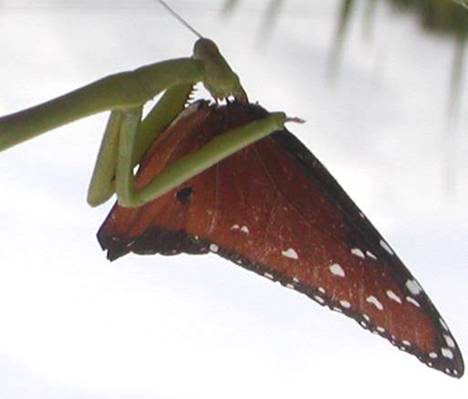 |
||
| Responses of an insect herbivore to a host color polymorphism | |||
The pipevine swallowtail's host A. watsonii displays a striking pattern of discontinuous variation in leaf color, varying from bright green to dark red. Female butterflies prefer to oviposit on the green form and caterpillars grow faster on green foliage. Collaborative work with Danielle Ignace (UA-EEB) indicates that nitrogen content is higher in green foliage. Work with James Fordyce (U Tennessee) indicates that levels of aristolochic acids (the primary chemical defense against generalist herbivores in A. watsonii) are comparable among the color forms. In the field, the red form predominates throughout the year and, despite its lower suitability, females adopt search modes for red color and use red plants heavily for oviposition. Lab assays using plant models confirm that females can learn red in association with an oviposition reward. Collaborative work with Jeff Riffel and Carolina Reisenmann (UA-ARLDN) further indicates that green foliage emits a different volatile profile than red foliage, and behavioral assays underway suggest that females show greater responses to green-leaf volatile blends than red-leaf volatile blends. -- Dan Papaj and Katy Prudic |
|
||
| Ovarian dynamics in host use in walnut-infesting tephritid flies | |||
Resource use behavior is highly dynamic. However, physiology associated with resource use can be highly dynamic as well. Dan Papaj recently explored ovarian dynamics in relation to fruit use by the walnut-infesting fly, Rhagoletis juglandis. Females held with walnut fruit mature oocytes faster and to a greater extent than females held without fruit; the effect can be duplicated with models that permit neither oviposition nor feeding on the host. Degree of enhancement of oogenesis depends on the quality of available fruit for juvenile survival and fecundity. Females held with large or uninfested fruit, mature more oocytes than females held with small or larval-infested fruit. Such ovarian dynamics imply a yet-to-be-defined tradeoff, such as a tradeoff between egg maturation and the ability to disperse to trees bearing higher-quality fruit. -- Dan Papaj |
|
||
| Mating dynamics and testes allocation in fruit flies | |||
Rhagoletis flies are characterized by a resource defense mating system in which males defend host fruit and mate with females as they arrive to oviposit. Aspects of mating behavior such as propensity to copulate and copulation duration are influenced by prior exposure to host fruit and operational sex ratio. More recently, Laura Carsten Conner showed that the size of a male's testes is adjusted according to operational sex ratio. The more male-biased the sex ratio, the larger the testes. This adjustment is presumably a response to the increased risk of sperm competition expected under more male-biased sex ratios. -- Laura Carsten Conner and Dan Papaj |
|
||
|
|||
Last modified: 27-Jan-2011
Webmaster: Dan Papaj
EEB department home page
All contents copyright © 2003-2008, Arizona Board of Regents.
Photos of mantid eating fly and male walnut flies displaying on artificial walnut © A. Wild. Photo of ovipositing walnut fly © C. Hedgcock. Photo of red caterpillar, red and green Aristolochia watsonii, fly ovaries, and Bombus impatiens bumble bees on nest © D. Papaj. Photo of bee training to yellow cross by I. Kulahci. Photos of swallowtail butterfly on host model and cabbage butterfly by E. Snell-Rood. Photo of mantid eating queen butterfly by K. Prudic.
